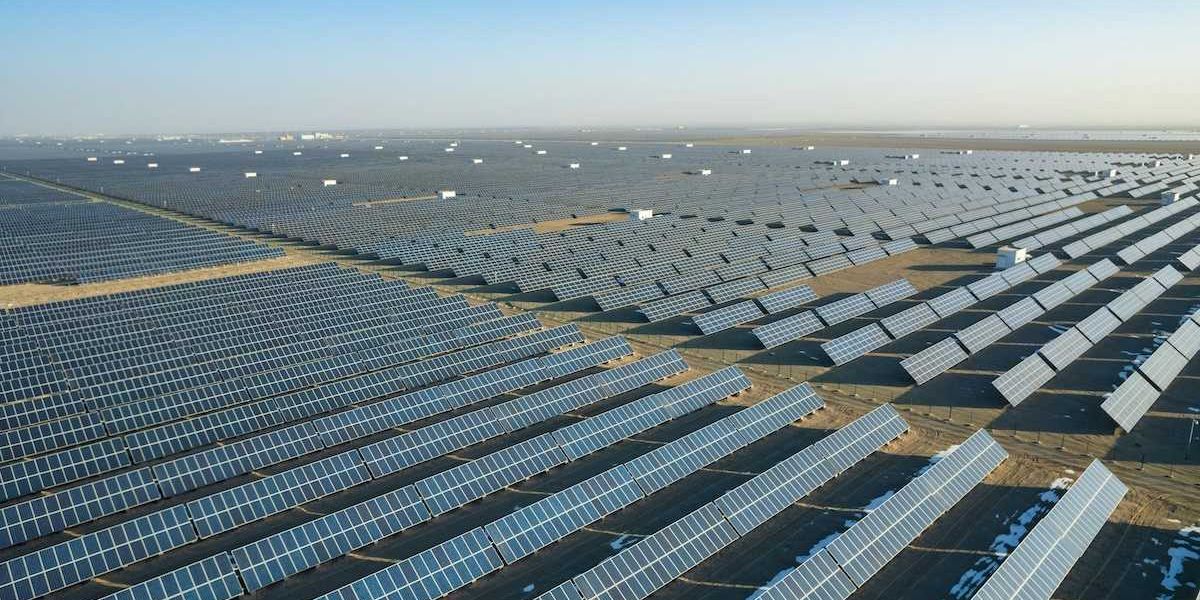Biden's climate corps initiative faces stiff opposition
President Joe Biden's proposal for an $8 billion American Climate Corps has sparked immediate and intense criticism from Republican lawmakers, highlighting a deep divide over climate policy.
Emma Dumain reports for E&E News.
In short:
- Biden's budget includes a significant investment in the American Climate Corps, aiming to train 50,000 young people for green jobs.
- Republicans, branding the initiative as wasteful and "woke," have vehemently opposed the plan, with some suggesting the money would be better spent elsewhere.
- The debate underscores the ongoing partisan clash over climate change and environmental policy, with Democrats pushing for action and Republicans resisting the proposed federal climate corps.
Key quote:
"Not to be dramatic, but lighting $8 billion on fire would probably be a better use of money and time."
— Senate Western Caucus — a right-leaning group of lawmakers keen on promoting Western interests
Why this matters:
Critics argue that the American Climate Corps, while ambitious in its goals to employ thousands of young people in conservation and renewable energy projects, represents an overreach of federal authority and an unnecessary expansion of government spending. Skeptics, primarily from conservative circles, question the efficacy of such a program in making a substantial impact on climate change and contend that it could burden taxpayers without guaranteeing a commensurate return on investment.
Youth environmental activism has moved us forward in many ways—but to maximize this impact we need coalitions that learn from the past in order to prepare for the future.













